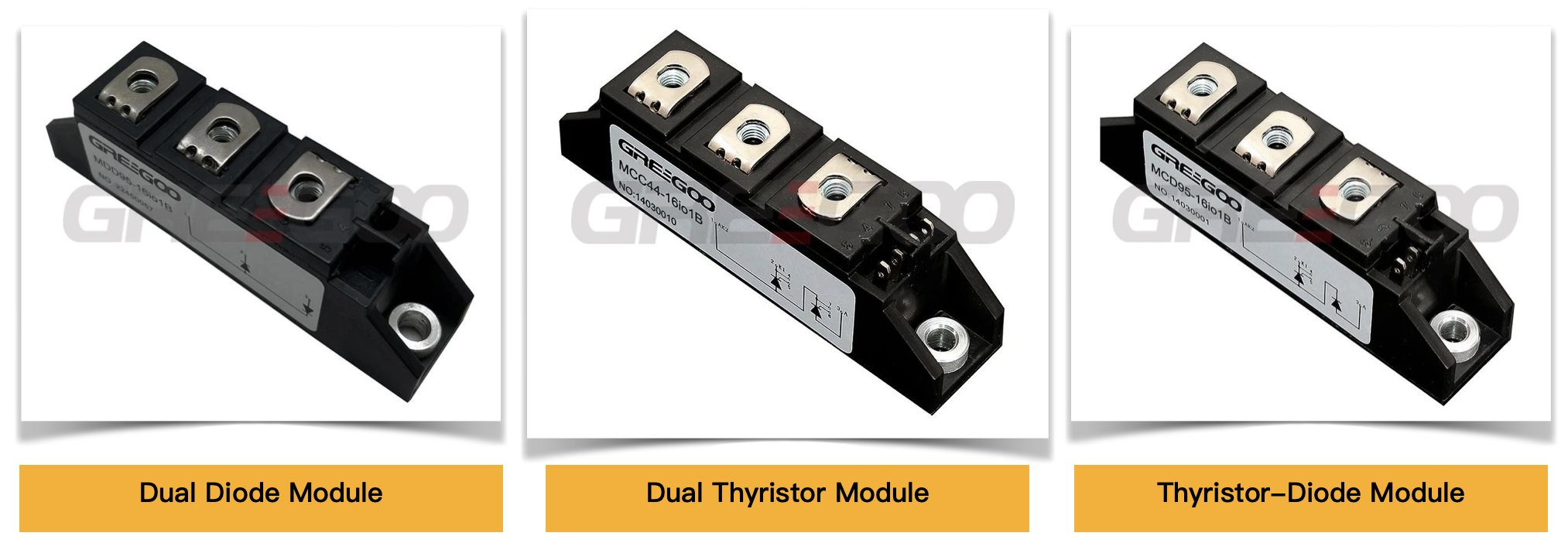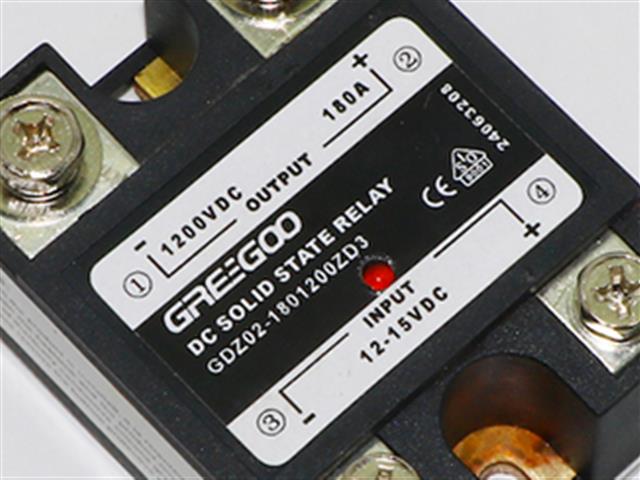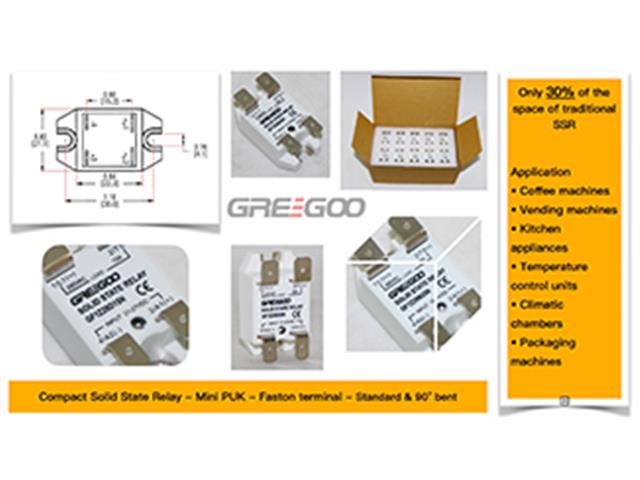Dual Thyristor Module vs Dual Diode Module vs Thyristor Diode Module, what's their difference?
In terms of internal structure, the differences between dual thyristor modules, dual diode modules, and thyristor-diode modules mainly lie in the semiconductor devices they contain and their connection methods:

Dual Thyristor Module:
Internal Structure: Contains two thyristors (SCRs), usually in an anti-parallel or anti-series configuration.
Function: Each thyristor can be controlled individually, used for phase control and rectification in AC circuits. The anti-parallel configuration allows control during both the positive and negative half-cycles of AC power.
Dual Diode Module:
Internal Structure: Contains two diodes, typically connected in a common cathode or common anode configuration.
Function: Used in rectifier circuits, where the two diodes handle the positive and negative half-cycles of AC power, forming full-wave rectification.
Thyristor-Diode Module:
Internal Structure: Contains one or more thyristors and diodes, with specific connection methods depending on application requirements.
Function: Combines the control capability of thyristors with the rectification function of diodes, suitable for circuits requiring both rectification and control.
The design of these modules' internal structures provides specific advantages in different power electronics applications, and the choice should be made based on the specific circuit requirements.

DC solid state relay and DC contactor, which one is better?
DC Solid State Relays (DC SSR) and DC contactors are both switching devices used to control circuits, but they have significant differences in working principles, performance and application.
Read More
Greegoo's motor reversing solid state relays introduction
A motor reversing solid-state relay (SSR) is an electrical switching device used to control the direction of rotation of an electric motor, direction reversal, solid state technology, fast control with protection, Noiseless Operation, compact design, longer operational lifespan.
Read More
Exploring the Smartguard Solid State Relay: A Game-Changer for Industrial Automation
Is the Intelligent SSR Right for You? Diagnostics, RS485, Modbus communication, Intelligent detection SSR, LED display.
Read More
𝑪𝒐𝒎𝒑𝒂𝒄𝒕 𝑺𝒐𝒍𝒊𝒅 𝑺𝒕𝒂𝒕𝒆 𝑹𝒆𝒍𝒂𝒚 - 𝑴𝒊𝒏𝒊 𝑷𝑼𝑲 𝑺𝒐𝒍𝒊𝒅 𝑺𝒕𝒂𝒕𝒆 𝑹𝒆𝒍𝒂𝒚 - 𝑭𝑨𝑺𝑻𝑶𝑵 𝑻𝒆𝒓𝒎𝒊𝒏𝒂𝒍 𝑺𝒐𝒍𝒊𝒅 𝑺𝒕𝒂𝒕𝒆 𝑹𝒆𝒍𝒂𝒚
𝑪𝒐𝒎𝒑𝒂𝒄𝒕 𝑺𝒐𝒍𝒊𝒅 𝑺𝒕𝒂𝒕𝒆 𝑹𝒆𝒍𝒂𝒚 - 𝑴𝒊𝒏𝒊 𝑷𝑼𝑲 𝑺𝒐𝒍𝒊𝒅 𝑺𝒕𝒂𝒕𝒆 𝑹𝒆𝒍𝒂𝒚 - 𝑭𝑨𝑺𝑻𝑶𝑵 𝑻𝒆𝒓𝒎𝒊𝒏𝒂𝒍 𝑺𝒐𝒍𝒊𝒅 𝑺𝒕𝒂𝒕𝒆 𝑹𝒆𝒍𝒂𝒚
Read More













